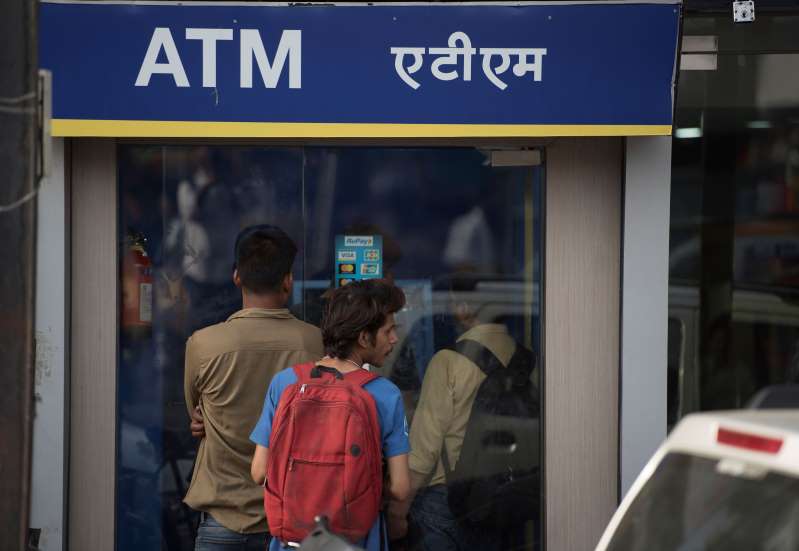Locating an ATM might get tougher in the near future as the number of automatic teller machines have gradually shrunk in the past two years.
This is not because dependency on cash has waned; on the contrary there has been an increase in transactions, as shown in figures released by the Reserve Bank of India (RBI). Tighter regulations are making maintenance of ATM quite a costly affair.
However, the drop in ATMs might continue as these machine operators are struggling to deal with the software and equipment upgrades costs.
These hardware and software upgrades for security purposes were mandated by the central bank last year. Confederation of ATM Industry (CATMi) had estimated last year that almost 1,13,000 ATMs in the country could be shut in the first couple of months in 2019. CATMi also predicted that adhering to the upgradation rules could cost the ATM industry roughly Rs 3,000 crore.
India already has the fewest ATMs for every 1,00,000 people among the BRICS nations.
ATM operators remain in a fix as the fees they rely on remain low and cannot see an uptick without the approval of an industry committee. Operators charge an interchange fee of Rs 15 to the lender whose debit or credit card is being used by an individual for cash withdrawals. According to former RBI deputy governor, “Interchange fees are the biggest factor behind muted growth of ATMs. They have to reflect ground reality. Banks are finding it cheaper to pay interchange fees to other banks rather than operating their own ATMs,” as mentioned in a report in Bloomberg.
However, not every expert believes that interchange fee is the biggest factor as the operators can pass the higher charges on to the customers.
Branch rationalisation by some public-sector lenders could be another factor behind the drop in ATMs. SBI alone cut 1,000 outlets in the first half of fiscal 2018.
The decline in the number of ATMs is crucial because the Modi-led BJP government added 355 million to the banking system since 2014. Many opened accounts when the PM declared 86% of all banknotes illegal in 2016.
The reducing number of ATMs might be a boost to mobile banking, which is already growing in a rapid pace in the country. According to the Bloomberg report, number of mobile banking transactions grew 65 times in the past five years.





































